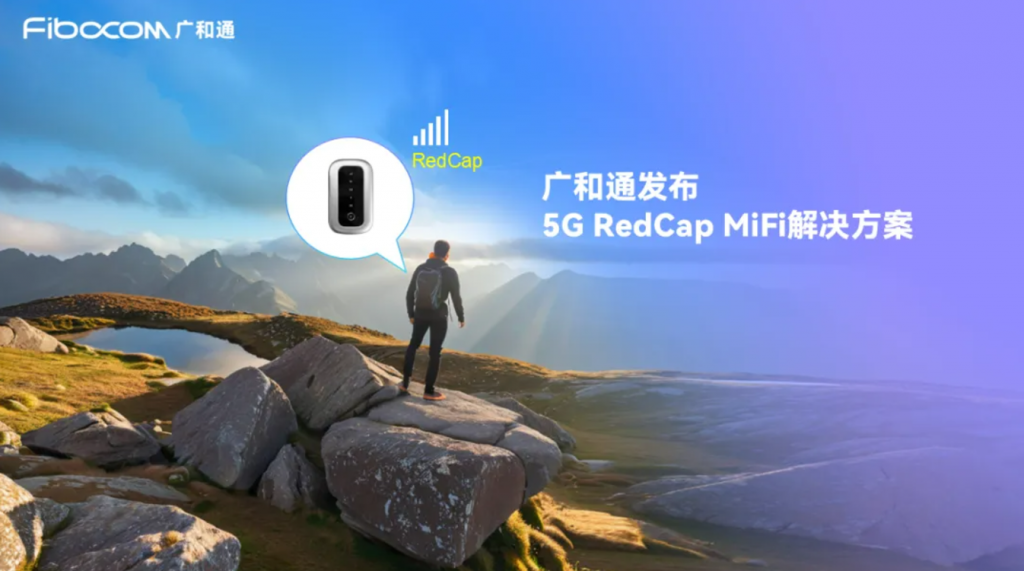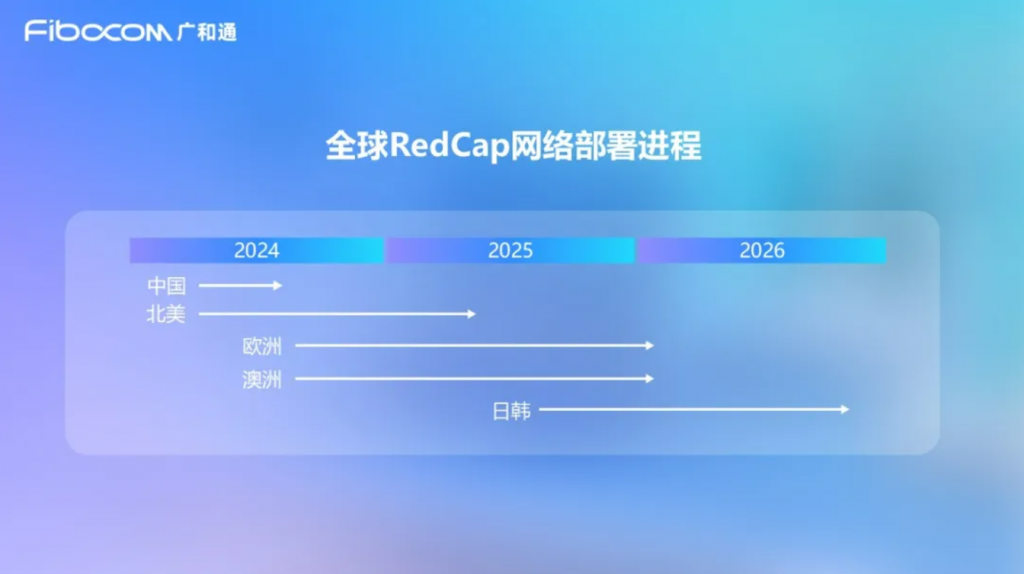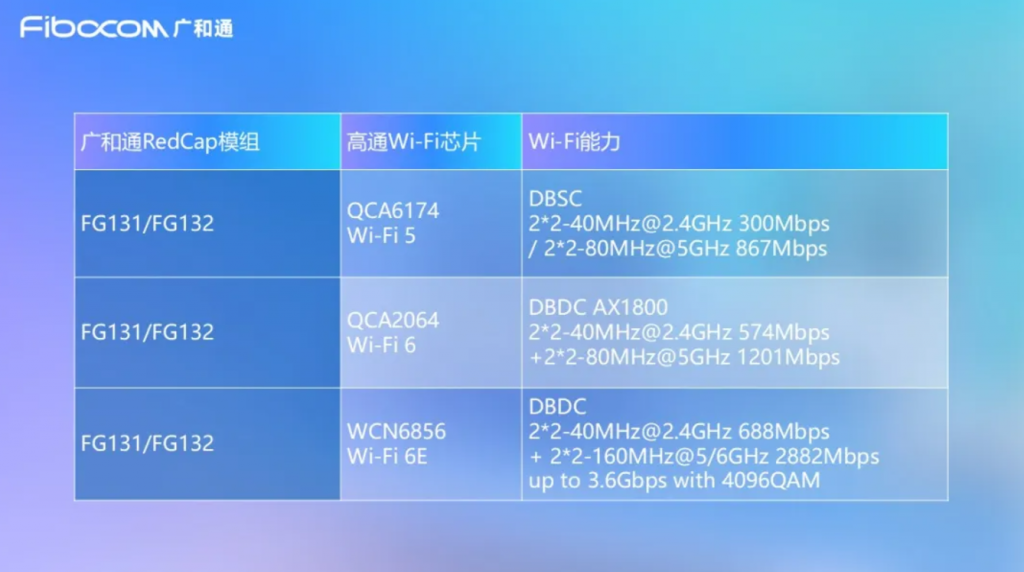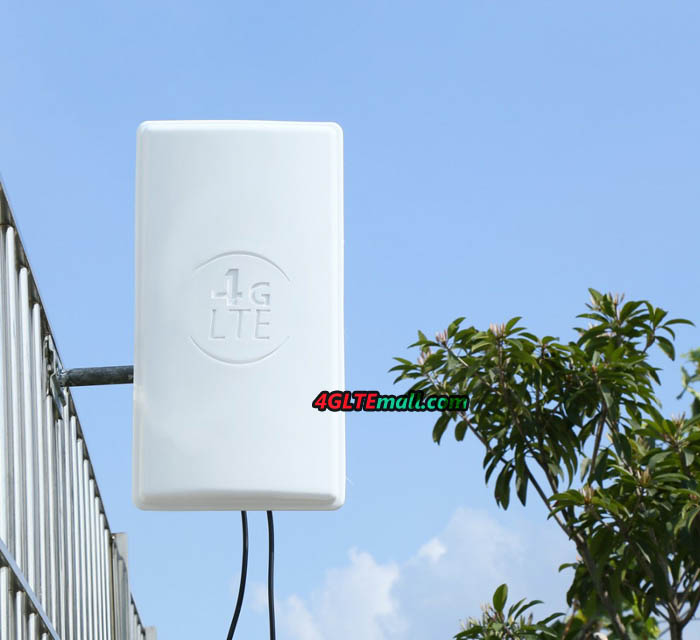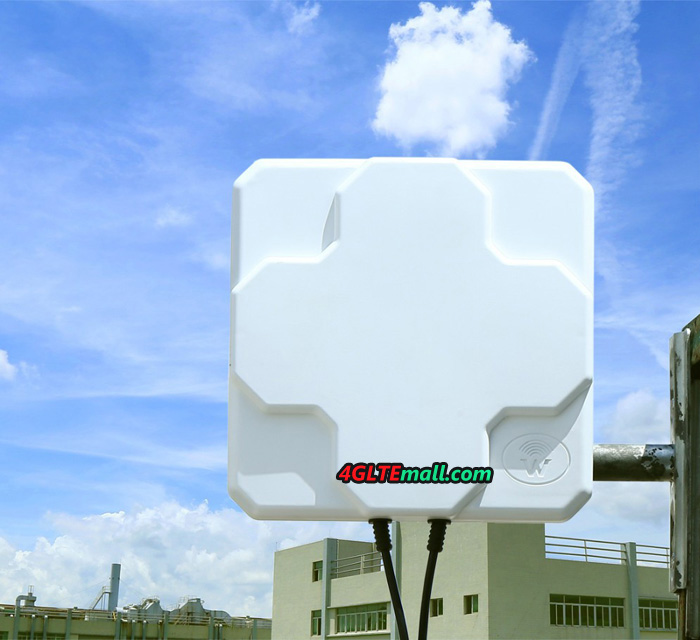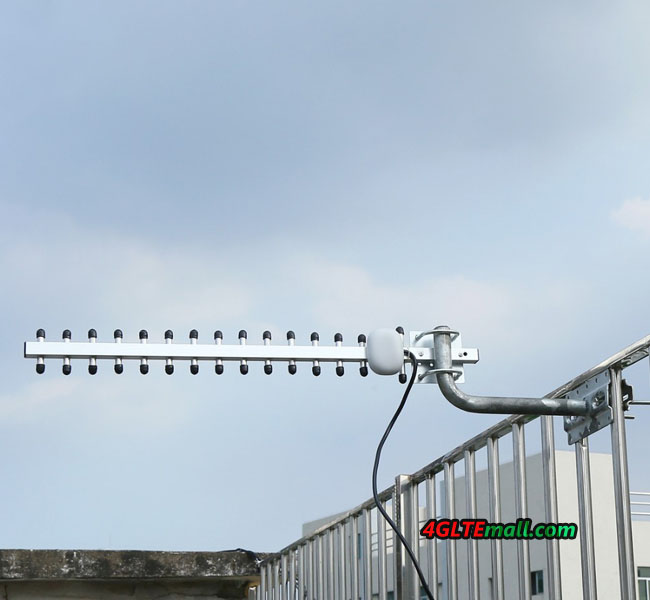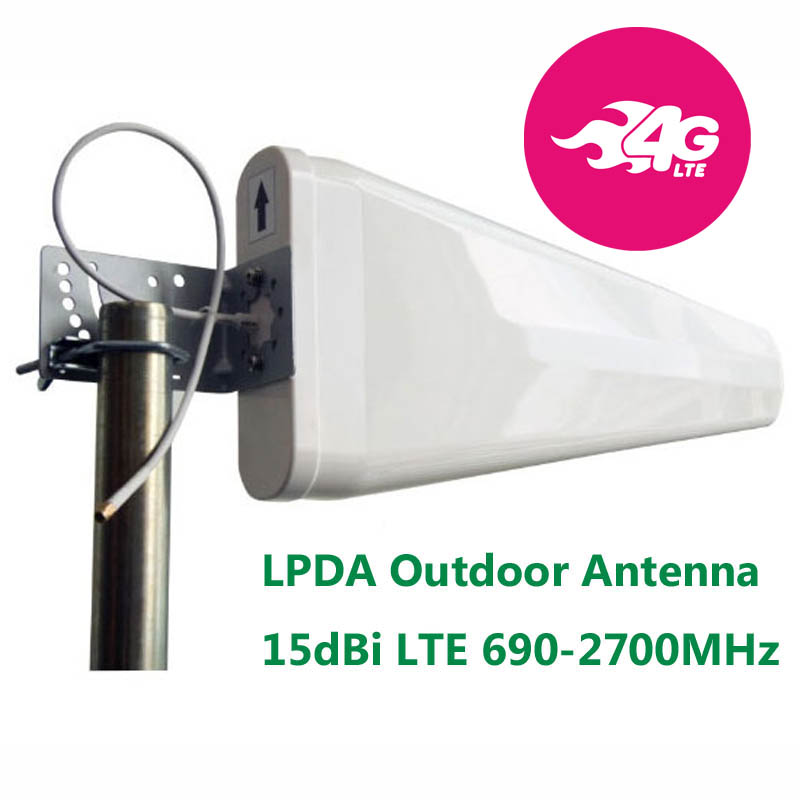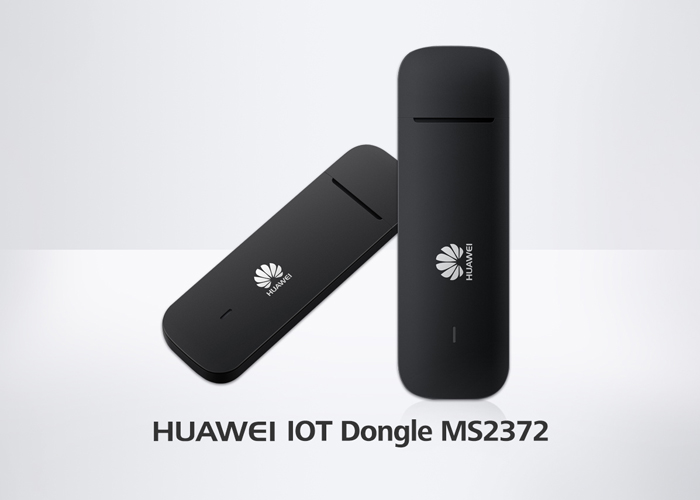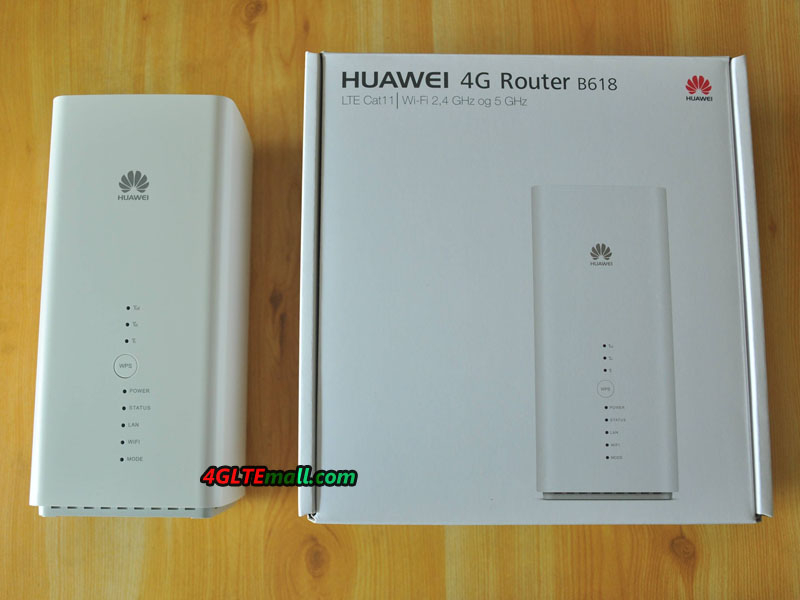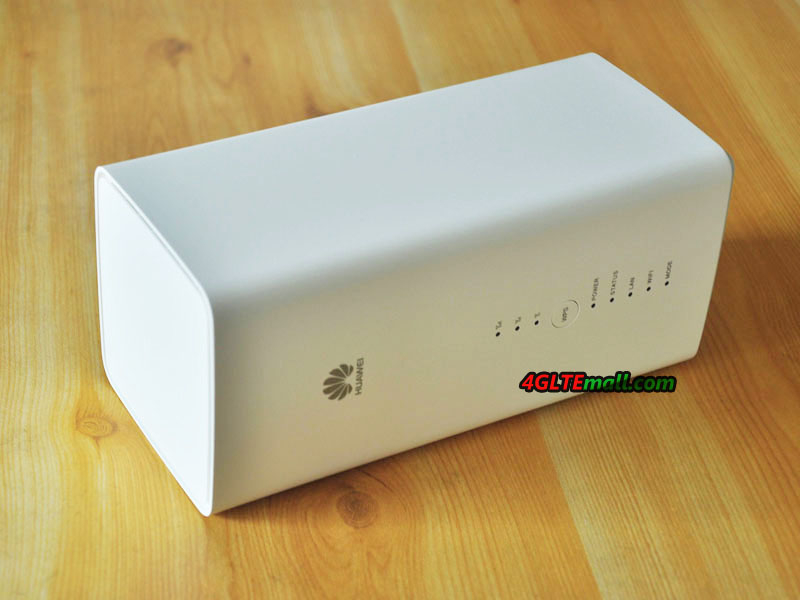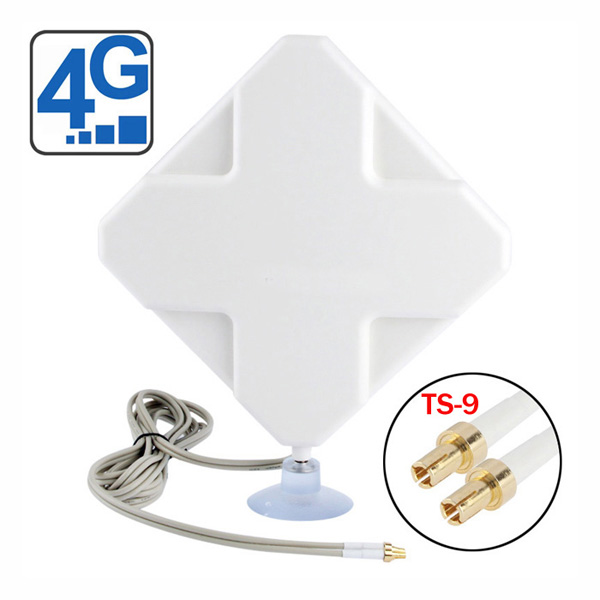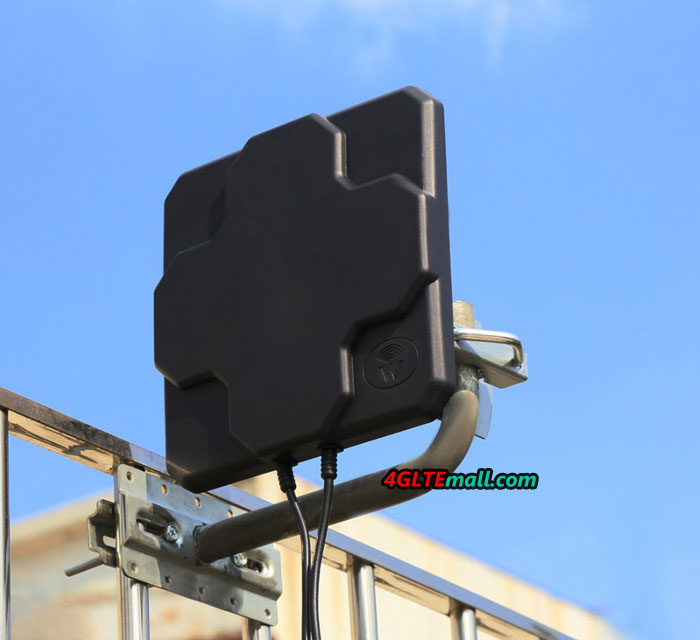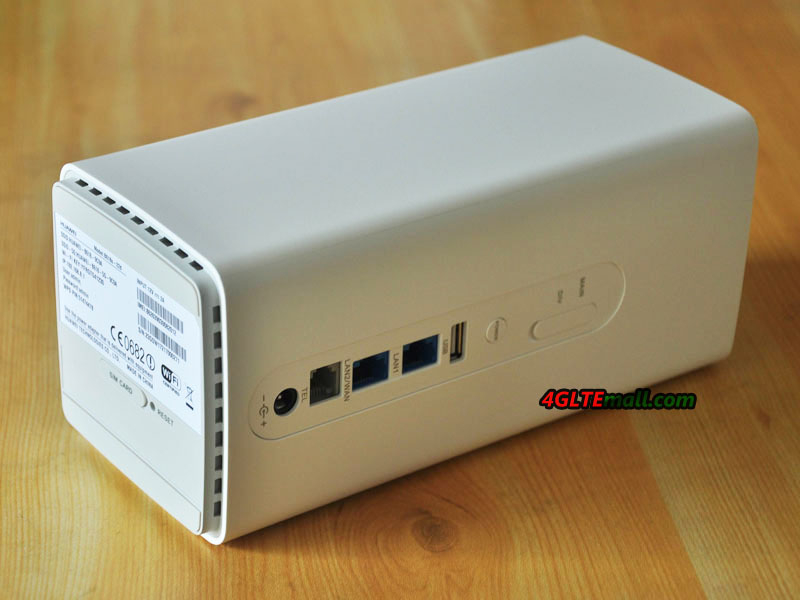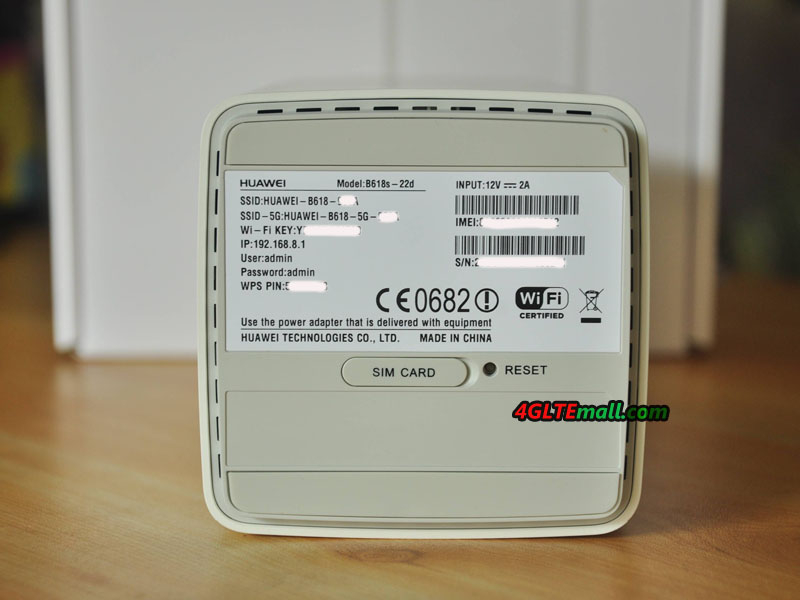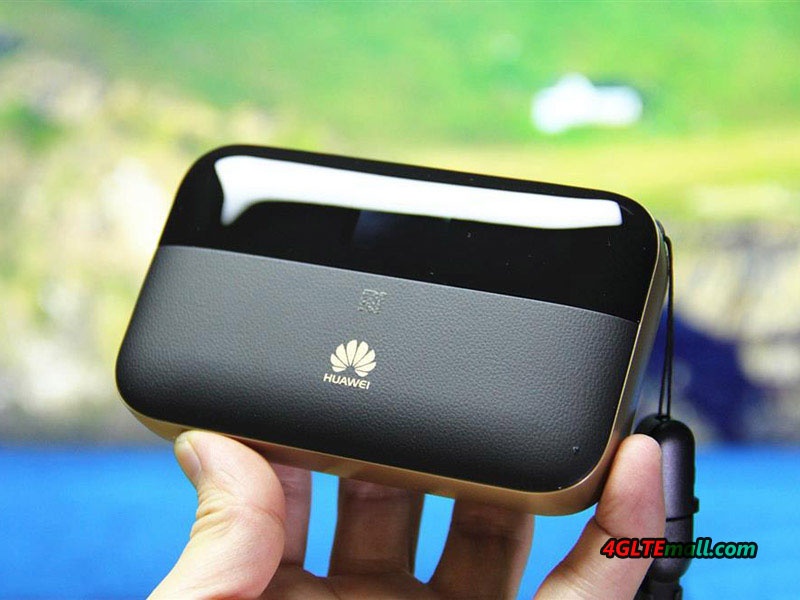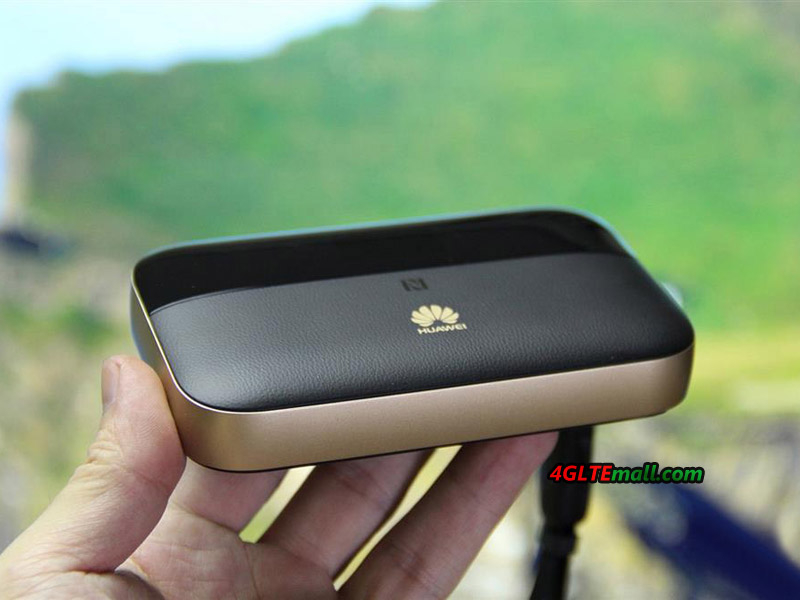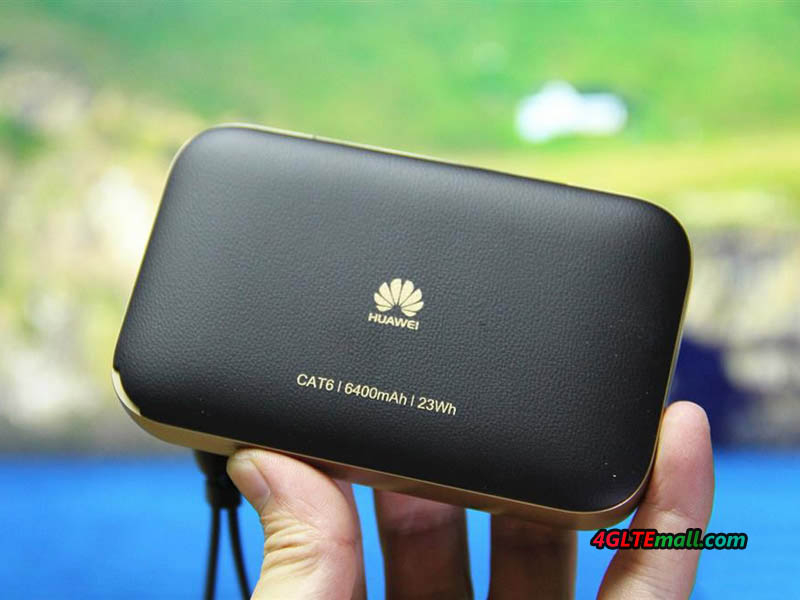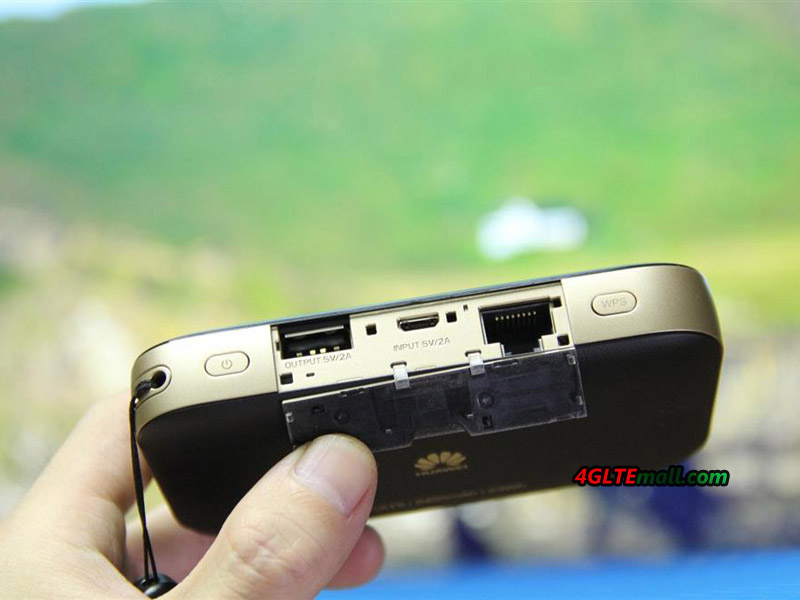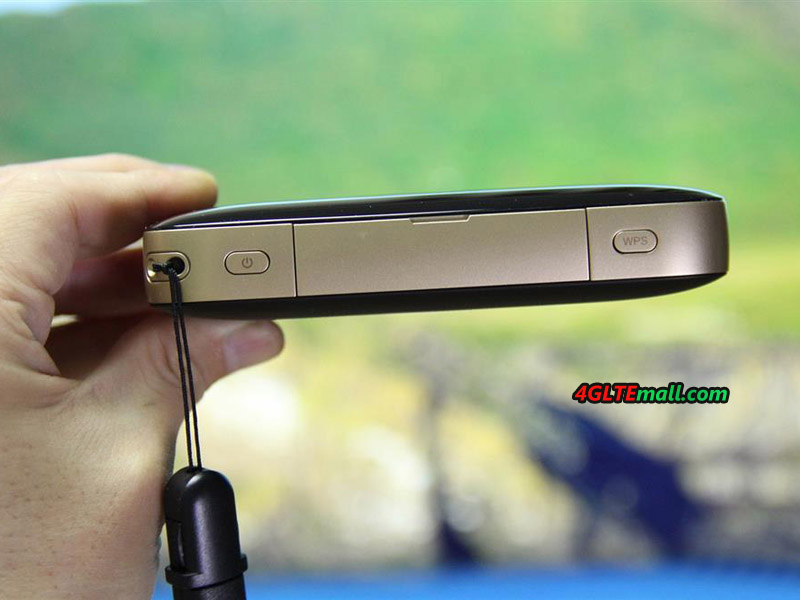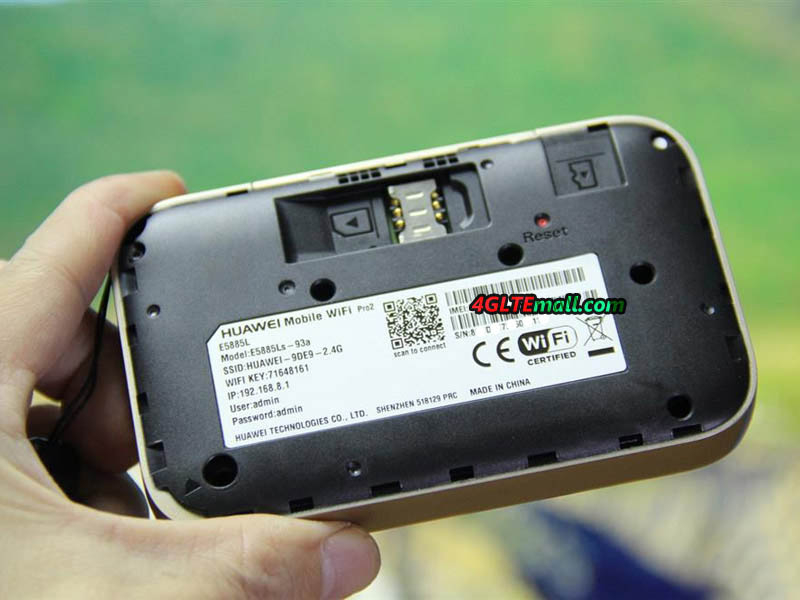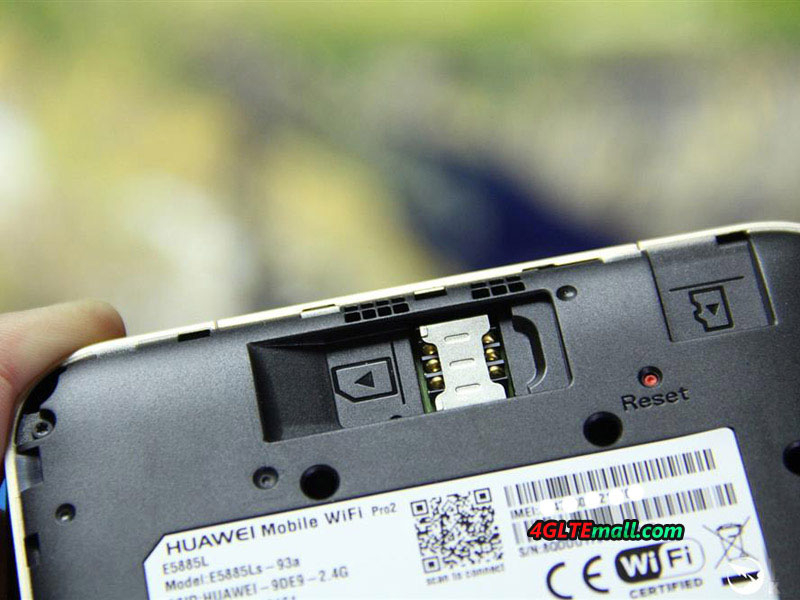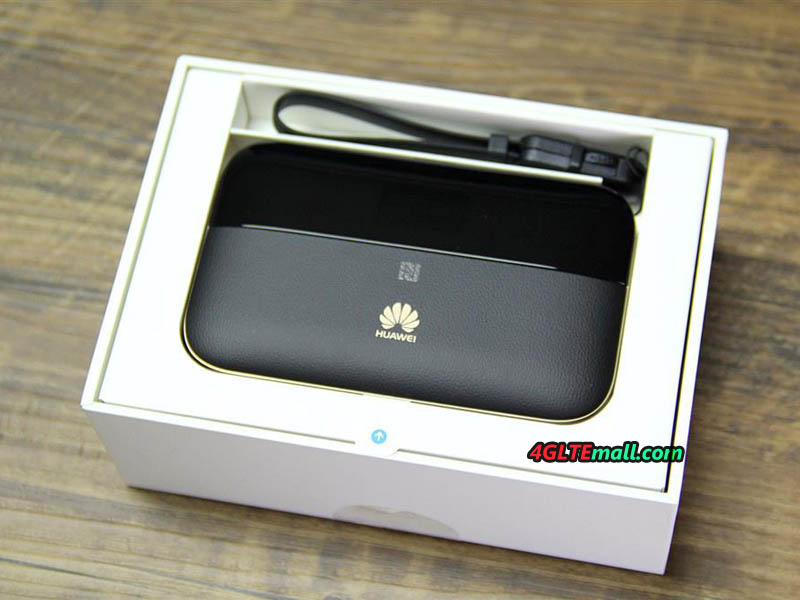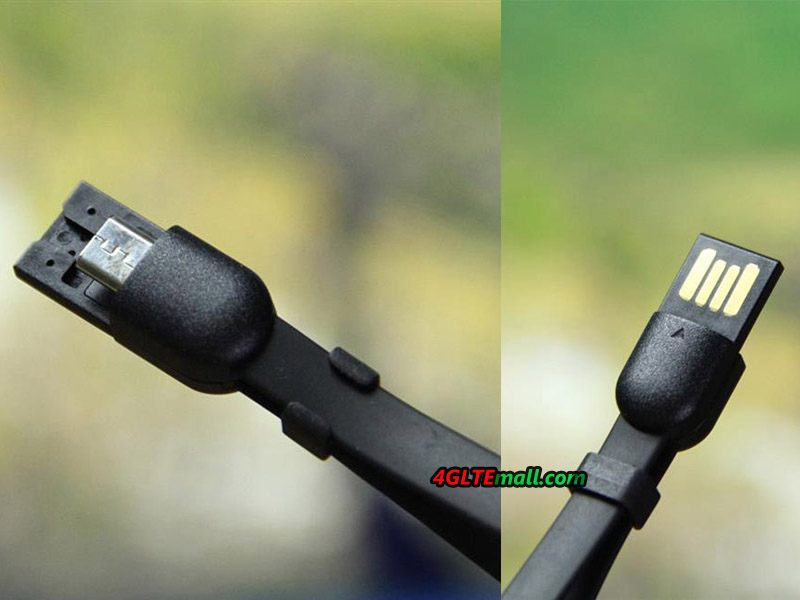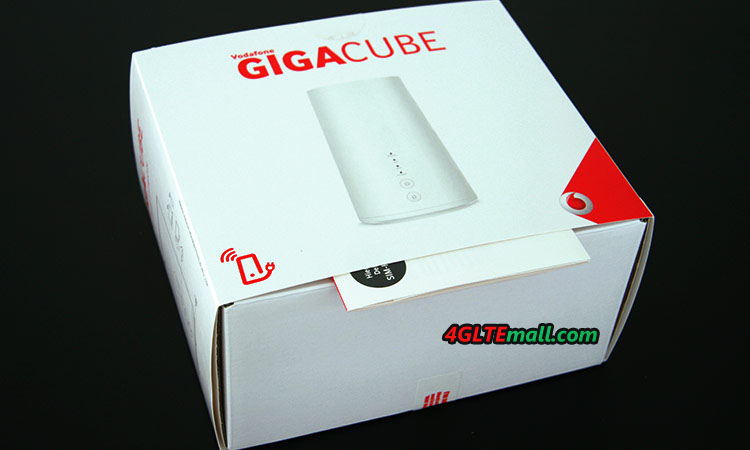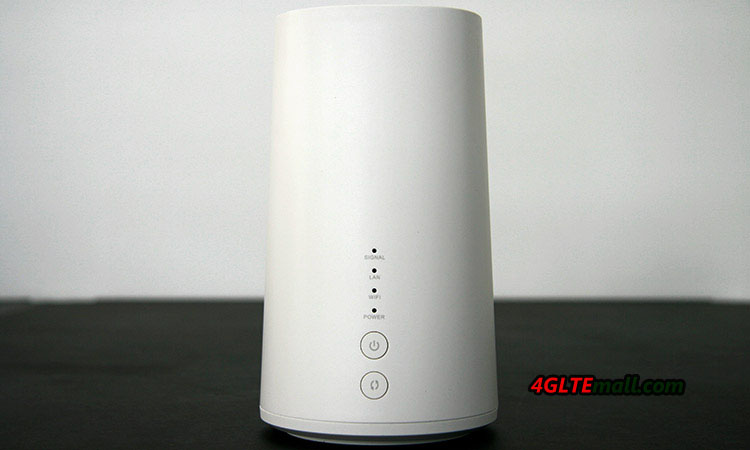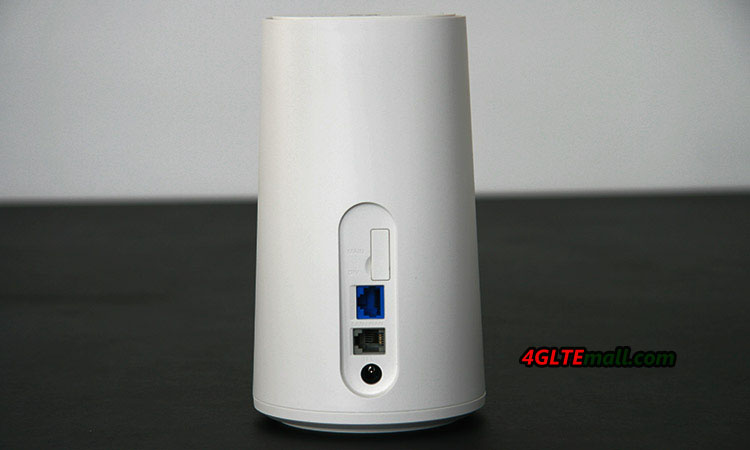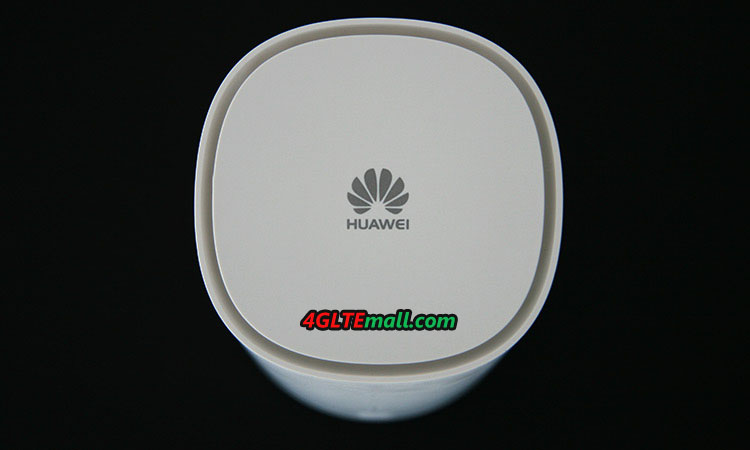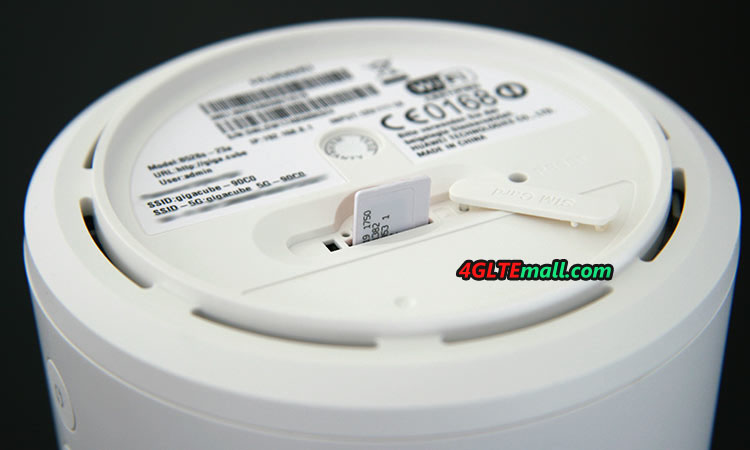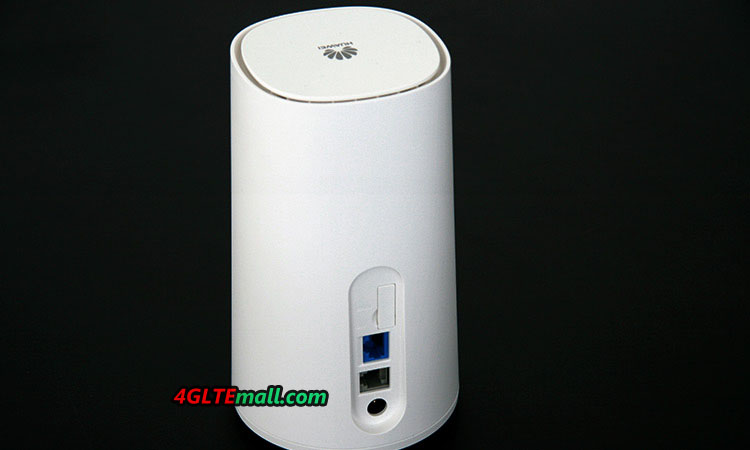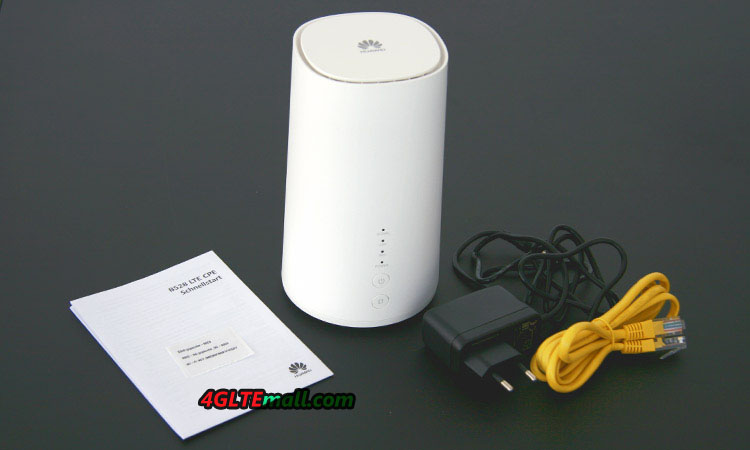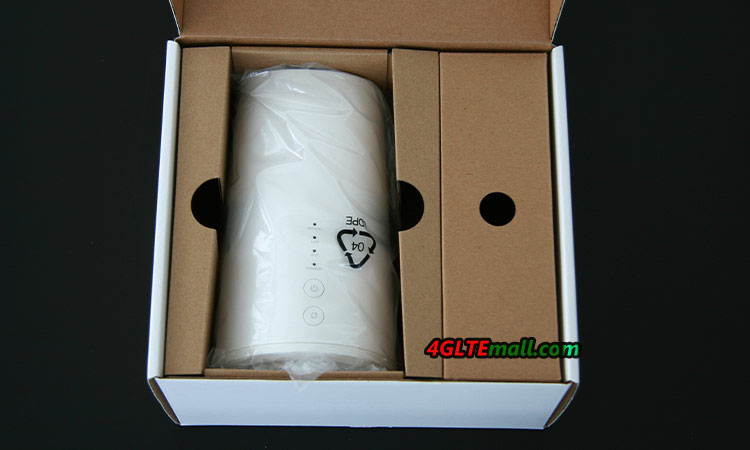Recently, the domestic large model DeepSeek has gained global popularity due to its core advantages of “open-source, efficient inference, and edge-friendly” capabilities. Quectel Communication, based on its edge computing module SG885G, has successfully implemented the stable operation of the DeepSeek model and completed targeted fine-tuning.
Currently, the model is undergoing in-depth testing and optimization on multiple smart terminals. With its outstanding engineering capabilities, Quectel will accelerate the large-scale application and popularization of edge-side AI technology across various industries.

DeepSeek: A Pioneer in AI Model Innovation
DeepSeek’s global success stems from its breakthrough innovations in model architecture, distillation technology, and reinforcement learning.
The full version of the DeepSeek-V3 model adopts an innovative MoE (Mixture of Experts) architecture with 671 billion parameters, capable of processing 60 tokens per second. It excels in handling complex tasks like long document analysis and multimodal reasoning. Each layer includes 256 routing experts and 1 shared expert, with only 8 experts activated per token, significantly improving learning efficiency and flexibility, reducing training and inference costs, and accelerating token generation.
To address the shortcomings of small inference models’ Self-play learning, DeepSeek-R1 uses efficient distillation technology to transfer the inference capabilities of large models to smaller, more efficient versions. This breakthrough allows the smaller version to maintain excellent performance while significantly reducing model size and computational resource requirements, making it an ideal choice for edge-side deployment.
Additionally, the experimental DeepSeek-R1-Zero version demonstrated that large models can possess powerful inference abilities through reinforcement learning (RL) alone, without the need for supervised fine-tuning, opening up new possibilities for AI model training.
DeepSeek’s Smaller Version: An Ideal Choice for Edge Deployment
The DeepSeek-R1 version focuses on reinforcement learning technology, offering strong inference capabilities and excellent cost-performance. The series of small-size distilled models based on this version, with parameter ranges from 1.5B to 70B, provide developers with high-performance, low-cost large model deployment and development solutions, which will strongly drive the commercialization of edge-side AI.
The simplified small models inherit powerful AI capabilities from their large counterparts. Despite a reduction in parameters, the performance remains outstanding. With significantly reduced computational load, memory, and resource consumption, these models are particularly suitable for edge devices with limited resources. Additionally, inference speed is greatly improved to meet the real-time requirements of edge devices. Furthermore, the smaller models have a more compact form and stronger adaptability, making them easier to integrate and run on various industry terminals and edge computing devices. Despite model compression, distillation technology allows the small models to maintain high precision, ensuring task performance remains unaffected.

Quectel: Accelerating Edge AI Deployment with Leading Engineering Capabilities
While many manufacturers are still exploring how to support the DeepSeek model, Quectel has already made breakthroughs. Its edge computing module SG885G, based on Qualcomm’s QCS8550 platform, has successfully achieved the stable operation of the DeepSeek-R1 distilled small model. Test data shows that its token generation speed exceeds 40 tokens per second, and with continuous optimization, the speed will improve further, bringing more powerful AI capabilities to smart terminal devices.
Moreover, Quectel has closely collaborated with industry partners to conduct in-depth testing and optimization for applications in robotics, smart cabins, and smart industries, providing users with a smoother AI experience.
Quectel’s edge computing modules and solutions, equipped with the DeepSeek model, are not only applicable to consumer and industrial robotics but also have widespread applications in smart cabins, machine vision, personalized virtual assistants, tablets, elderly care, smart homes, AI toys, and wearable devices. These diverse scenarios benefit from powerful AI empowerment, such as more natural voice interactions, more accurate image recognition, and more personalized service experiences.
Furthermore, after successfully achieving the edge-side operation of the DeepSeek model, Quectel has also completed targeted fine-tuning of the model and applied it to its own large-model solutions, offering more precise and efficient edge-side AI services to clients. This achievement not only highlights Quectel’s technical strength in the field of edge-side AI but also reflects its leading engineering capabilities, which will strongly drive the rapid development and deployment of AIoT applications.
Looking towards the wide range of vertical industries that urgently require AI capabilities, Quectel will continue to invest resources to promote more high, mid, and entry-level edge computing modules, as well as smart cabins, 5G, LTE modules, and solutions, to fully integrate advanced models like DeepSeek and large cloud models. This will help IoT devices achieve intelligent upgrades and usher in a new era of interconnected devices.
